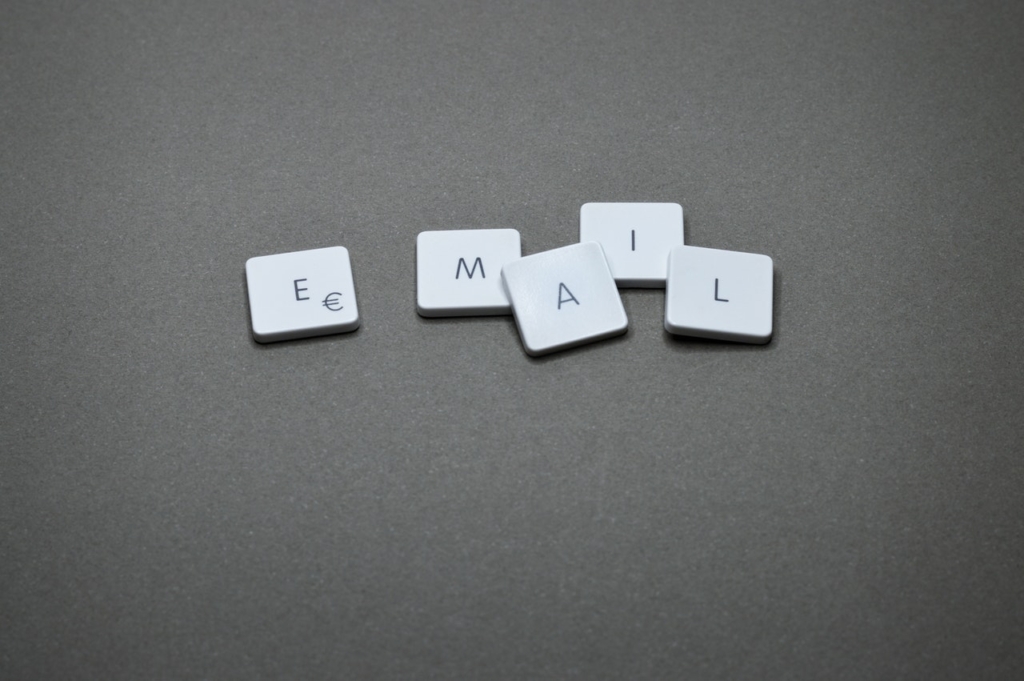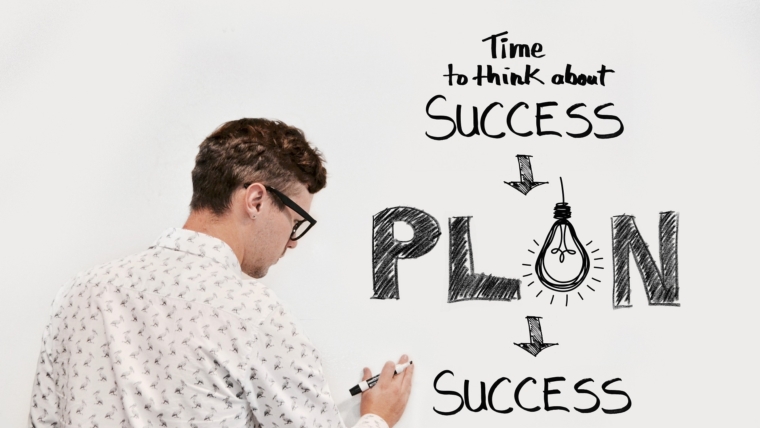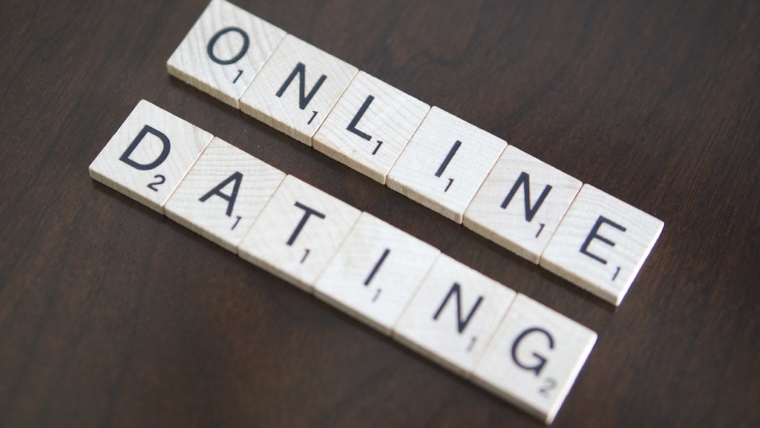 B2B email marketing strategies and best practices are fast-changing, and it’s no longer about plain statistics and CEO messages. Emails are considered the official communication channel across organizations, and sending B2B emails is substantially different from B2C email marketing. In this article, I will share B2B email marketing best practices that email developers and marketers can use in 2021 to get better results. I will also cover the difference between B2B and B2C email marketing, approach the B2B email content, and provide a few examples for your perusal.
B2B email marketing strategies and best practices are fast-changing, and it’s no longer about plain statistics and CEO messages. Emails are considered the official communication channel across organizations, and sending B2B emails is substantially different from B2C email marketing. In this article, I will share B2B email marketing best practices that email developers and marketers can use in 2021 to get better results. I will also cover the difference between B2B and B2C email marketing, approach the B2B email content, and provide a few examples for your perusal.
What Is B2B Email Marketing And How It Differs From B2C Email Marketing
In simple words, B2B email marketing is when a business communicates with another business through the email channel for discussing prospects, client acquisition, cross-selling, upselling, and generating repeat revenue. Compared to B2C email marketing, B2B messages tend to be more formal, informative; the overall sales cycle is also longer with the average customer lifetime value being much higher with lesser clientele. B2B emails focus on addressing multiple decision-makers as the lead progresses in the sales funnel. 59% of the B2B marketers find emails as the most effective channel.
Let us have a look at the 2021 B2B email marketing best practices:
Table of Contents
- 1 #1 Work On Making Healthy Email List
- 2 #2 Focus On Buyer Persona
- 3 #3 Follow A Conversational Tone And Limit Your Copy
- 4 #4 Rev Up Personalization And Segmentation Efforts To Match Reader Intent
- 5 #5 Identify The Best Sending Time And Frequency For All Locations
- 6 #6 Use An Informative Call To Action Button Instead Of ‘Buy Now’ Type Text
- 7 #7 Integrate Your ESP With A CRM Software
- 8 #8 Use Analytics To Optimize Future Communications
- 9 Over To You
#1 Work On Making Healthy Email List
When it comes to B2B email marketing, understanding the difference between a qualified lead and a random inquiry early is both challenging and necessary. B2B leads are hard to track, and thus, I advise you to be careful with your lead generation activities and use verification techniques like a double opt-in form. B2B buyers are more serious than B2C buyers, so you won’t face much trouble with it. You should also discard dormant contacts to ensure good deliverability as well as reduce the analysis work on your part.
#2 Focus On Buyer Persona
Understanding the buyer persona and the position of your leads in their organization as well as your sales funnel will help you understand how the decision-making process works on their end. This also includes gathering inputs on psychographic data apart from the demographics. Having a concrete understanding of the buyer persona will help you present your solutions better and devise smarter strategies.
#3 Follow A Conversational Tone And Limit Your Copy
As opposed to the popular perception, keeping your messages conversational will help you connect better with your subscribers. Remember, you have to split your content into an email series as B2B communications are informative with longer sales cycles. Shorter email copies perform better as they address one issue at a time instead of overwhelming subscribers. Divide your copy into thought leadership, solutions, and reaffirmations like user-generated content to address your subscribers as per their position in the sales funnel.
Stat Time: A survey of B2B marketers finds that 81% of them state email newsletter as the most widely used form of content marketing.
#4 Rev Up Personalization And Segmentation Efforts To Match Reader Intent
Personalizing and segmenting continuously should be your top priority in 2021. The reader will be making a high net worth purchase and aiming at a long term relationship with your business that directly impacts their organization. Through personalization, you will be able to communicate effectively instead of sounding like a mass broadcast. It helps target your subscribers with relevant subject lines, email copy, and CTA buttons.
#5 Identify The Best Sending Time And Frequency For All Locations
B2B clients are often based in different regions separated by time zones. Therefore it is advisable to identify the best sending time for approaching your customers based on their local time. Also, check out which mailing frequency syncs with your sales cycle for getting the best engagement rates using scheduled emails and autoresponders.
#6 Use An Informative Call To Action Button Instead Of ‘Buy Now’ Type Text
As far as CTA buttons are concerned, you should think beyond the ‘buy now’ and ‘book a demo’ type of text. Instead, you can focus on purpose-driven CTA buttons that lead your subscribers to informative content like skyscraper articles and ebooks. This helps establish trust and brand equity.
#7 Integrate Your ESP With A CRM Software
Integrating your ESP with CRM software will help you track and target your subscribers strategically. It also helps in cross-channel coordination and acquires customer data. CRM software also helps you automate transactional emails, and drip campaigns keep your subscribers engaged by identifying relevant triggers and sending content suitable to their objectives.
#8 Use Analytics To Optimize Future Communications
The most important best practice for any B2B marketer is to analyze and improve their efforts. It is recommended to set goals in line with either SMART or OKR techniques and track them in the form of relevant email metrics for each campaign. This will allow you to understand what works best for your company and optimize your future email correspondence.
Over To You
Coming towards the end, I would like to tell you that B2B email marketing strategies require a great degree of customization. All of the above mentioned best practices will surely help you, but you need to analyze how to put them together. This will require setting up automation workflows and constant monitoring for making your interactions more humane. I hope you find this article on B2B email marketing best practices helpful for your future campaigns.


